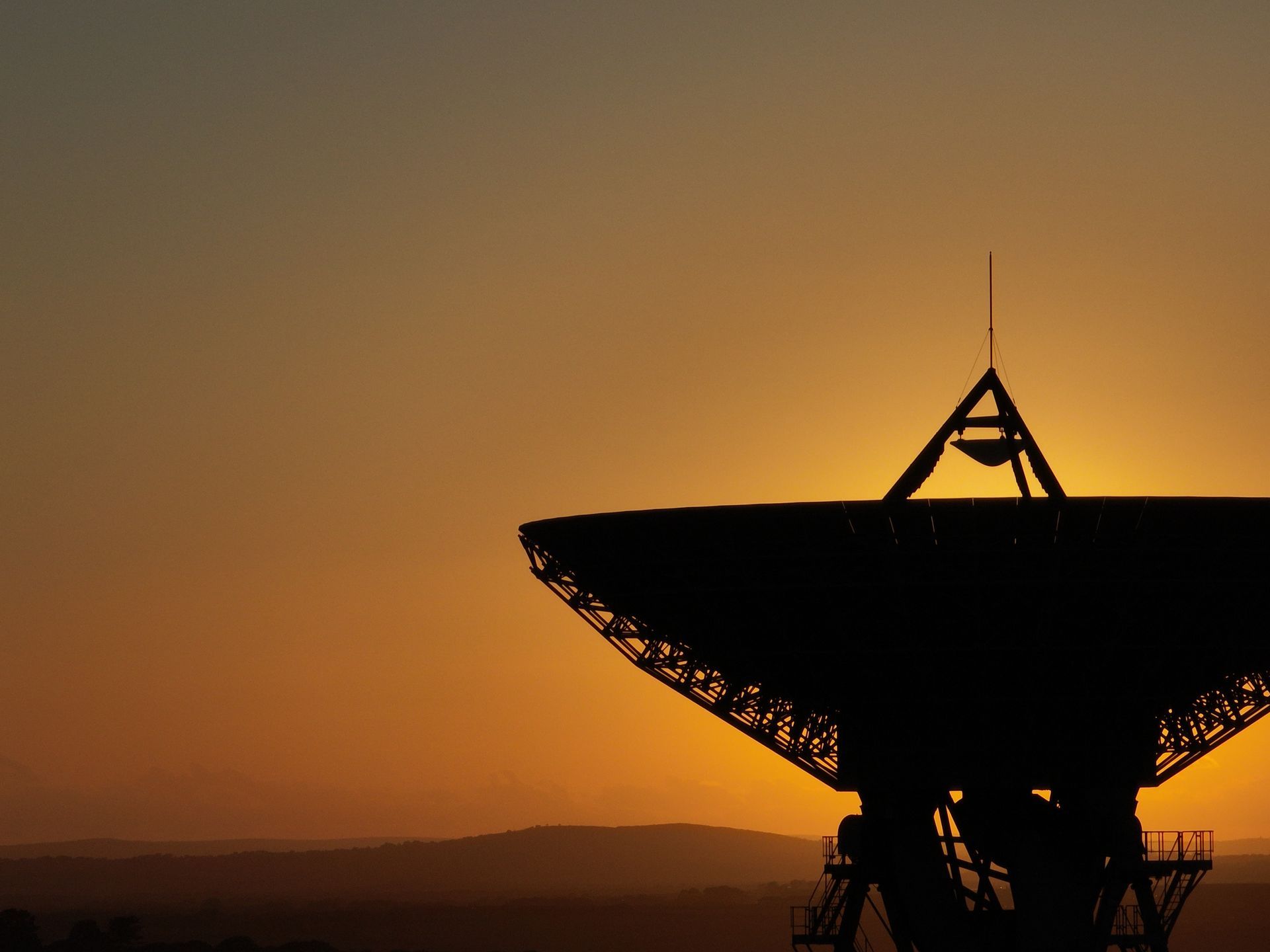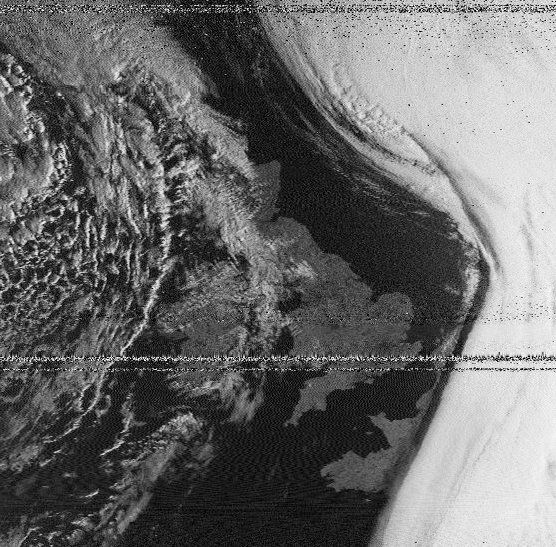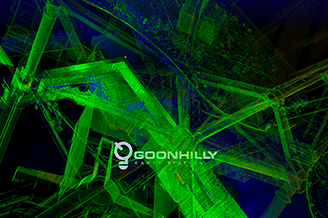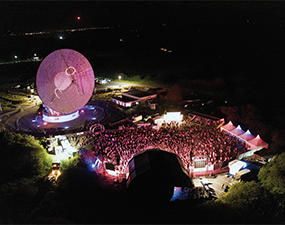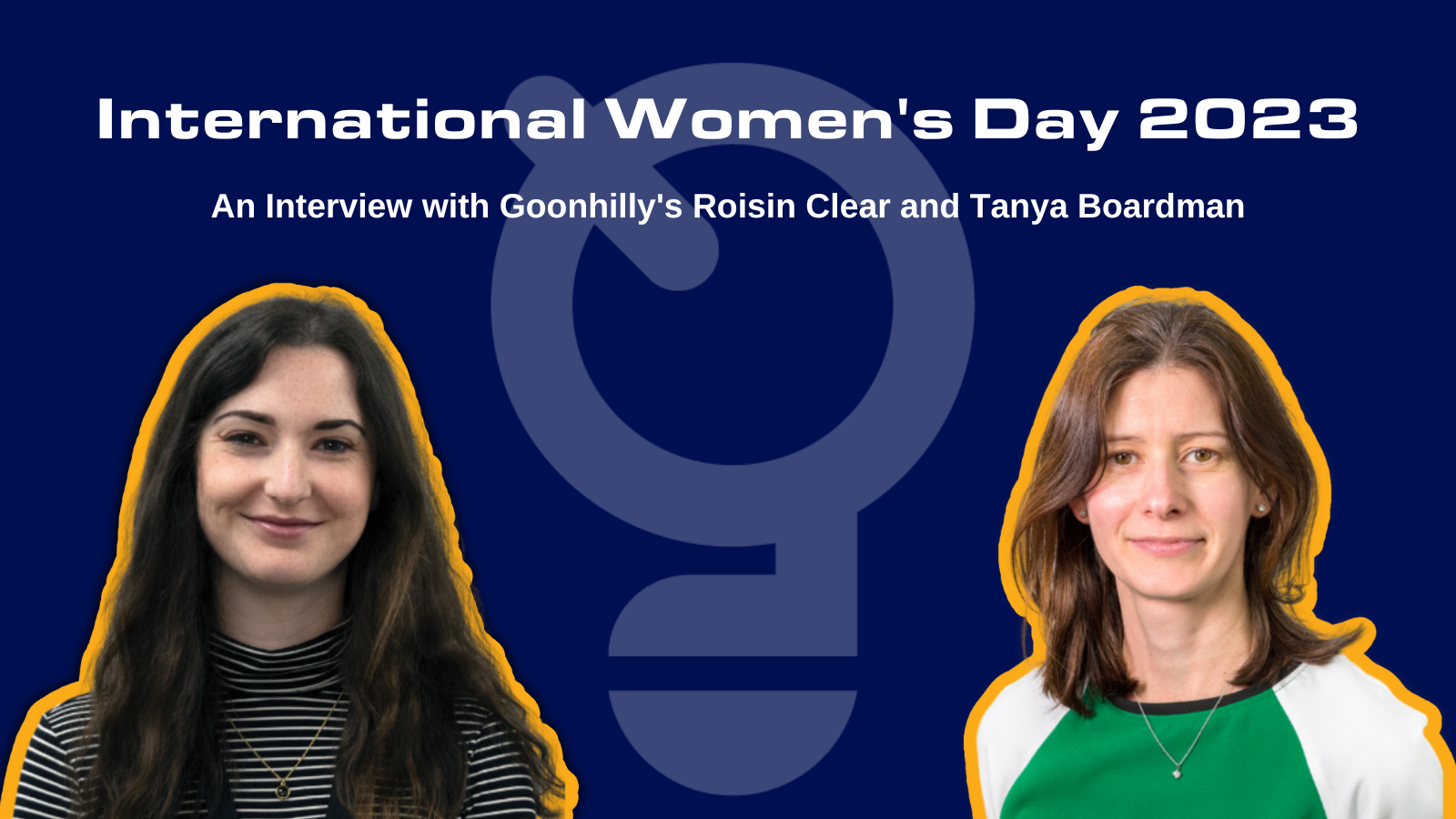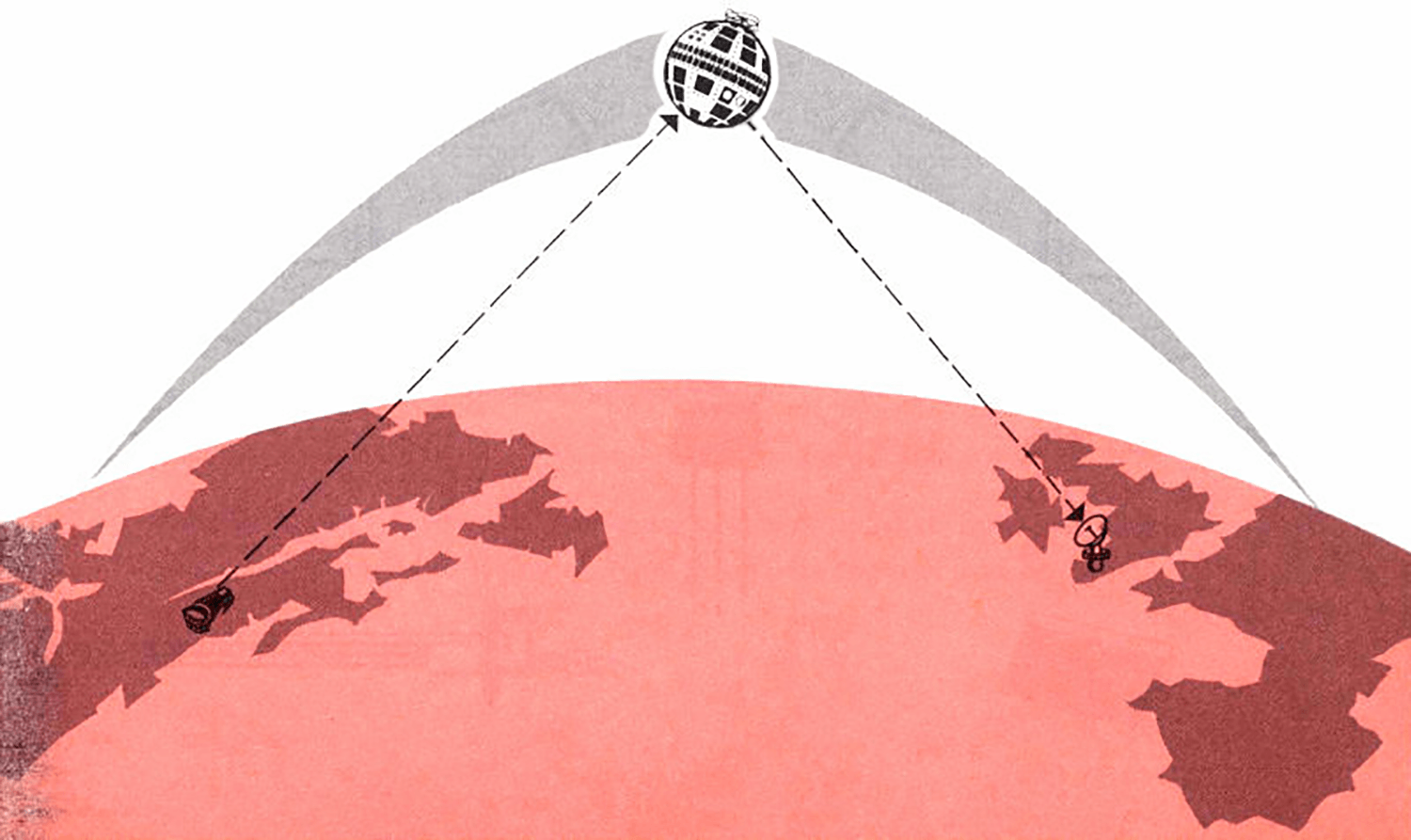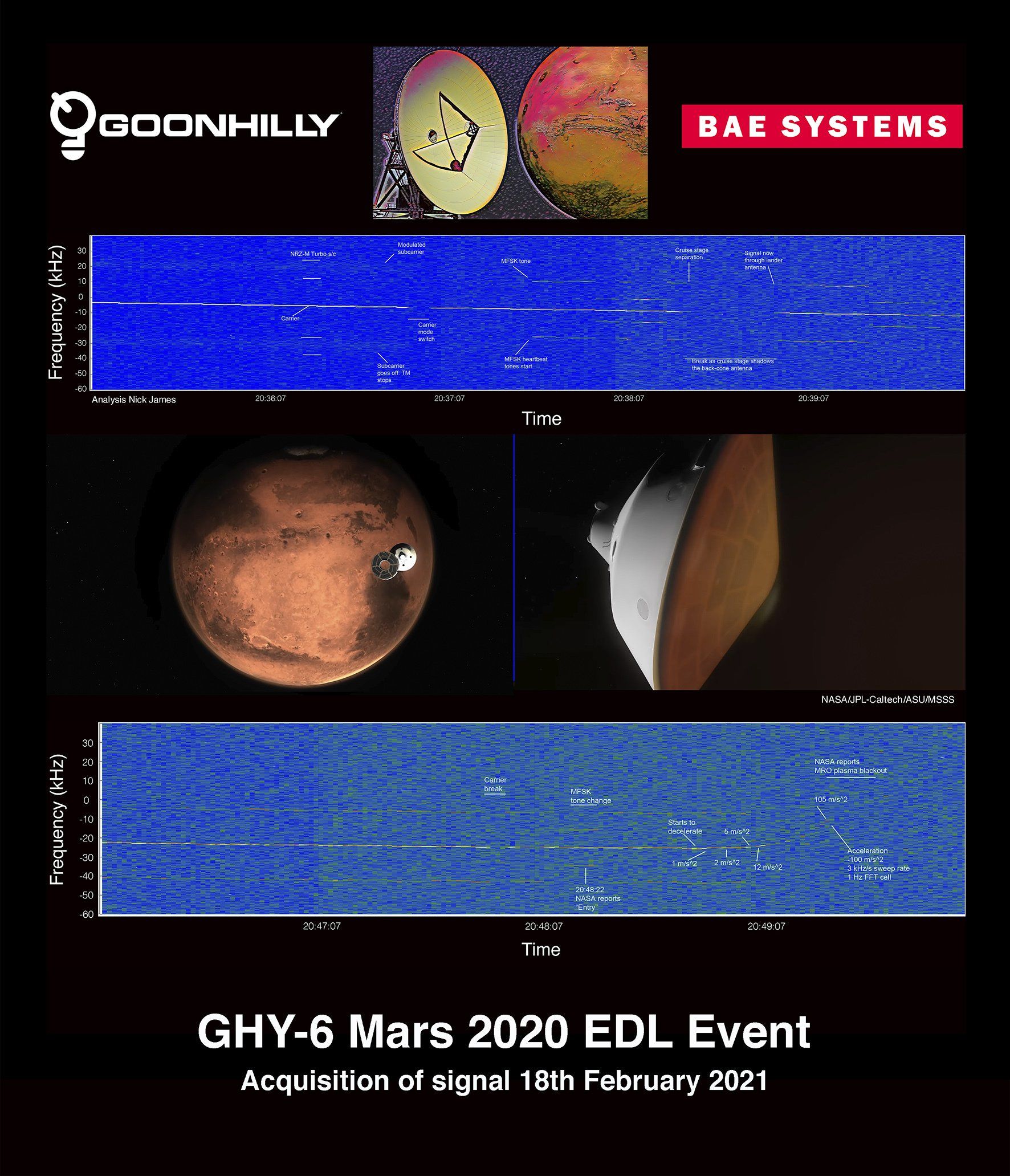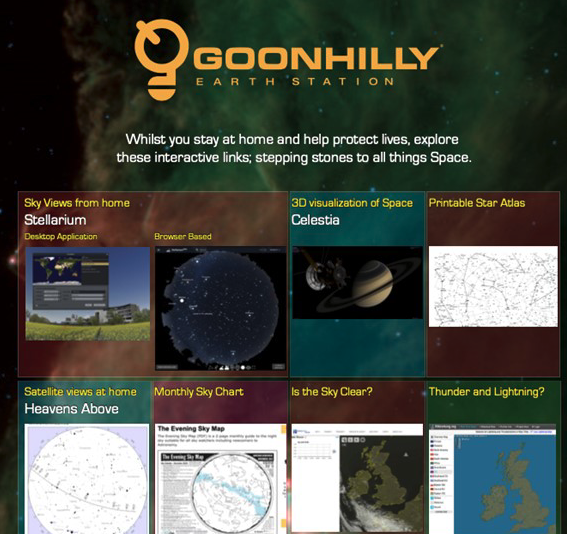Engineering Maths for Space – A new way of looking at it.
“Westward Ho! Musing on Mathematics and Mechanics”

I was recently asked by Prof. Alan Champneys (Engineering Maths, Bristol) to review his paper
Pdf > ”Westward Ho! Musing on Mathematics and Mechanics"
that’s being published in this month’s “Mathematics Today” magazine.
His request wasn’t at all because of my mathematical prowess. I was asked to fact check the contents since the paper was inspired by the author’s visit to Goonhilly. I was pleasantly surprised to get a personal mention alongside Lord Kelvin, Sandra Bullock, George Clooney, Elon Musk and Sir William Hamilton (inventor of 4-dimensional imaginary numbers, “quaternions” – critical for navigation in space), to name but a few! Very flattering, so I read on…
The paper describes the problem that normal rules of multiplication break down when calculating rotations in 3 dimensions. It really matters in which order things happen: In one dimension, 3 x 4 = 4 x 3 = 12. In 2D, using complex numbers, the same is also true. But in 3 dimensions it’s not the case. As Alan explains in relation to the yaw, pitch and roll of an aeroplane, “a roll of 45° followed by a yaw of 45° would result in a totally different configuration than the same side slip followed by the roll. Try it.”
The solution, devised by Hamilton in 1843, which is to jump to 4 dimensions, turns out to be so complex to visualise that the technique was largely forgotten and replaced by vector analysis. It’s only towards the end of the 20th century that quaternions have had a revival because of their ability to describe rotations, and unlike Euler angles, they are not susceptible to the “gimbal lock” phenomenon that so plagued the Apollo astronauts. They also simplify the calculation of rotations in computer graphics as well as describing electron spin in particle physics.
This all made me think back to the maths lectures during my electronic engineering degree. It was said that the engineering students covered the same course material as the mathematics majors in our first year and we had a full timetable of engineering subjects as well! We had our maths course at lunch time, every day from, 12:00-13:00. Our maths lecturer would, at break-neck speed, fill six rotating blackboards with mathematical hieroglyphics, only to start over again, rubbing out the previous notes to fill them all a second time. It was all we could do just to keep up with the notetaking. We covered everything from Fourier, Laplace and Z transforms, second order differential equations, Maxwell’s equations, numerical methods for solving differential equations, matrix algebra, partial differential equations, gamma, beta, error and elliptic integrals, triple products of vectors… the list goes on. It was all done in highly codified and abstract shorthand. If you missed the several hundred steps that resulted in the definition of the Grad operator – then tough!
I recall musing at the time (1982-5) – “if only there was an interactive graphical presentation of all this gobbledegook, I’m sure I would understand it a lot better!”
Fast forward to the present and a couple of years ago, I stumbled across the YouTube video channel of Grant Sanderson, 3Blue1Brown.
This was a revelation! The channel has more hits than many pop videos. Grant’s video explaining the Fourier Transform is beautiful – and has over 5 million views. I hastily consumed as many of his videos as I could with the cloud lifting from my university maths fog with each one.
So, as I completed the proof reading of “Westward Ho!”, I was amazed to read that the key recommendation for understanding how quaternions work was to head over to 3Blue1Brown. I highly recommend that you do!
And if you’re in any doubt that you would ever have an interest in, or some understanding of advanced mathematics, I urge you to watch this TED Talk by Grant Sanderson
Thanks to Prof. Alan Champneys and Mathematics Today magazine for allowing us to reproduce the full article, and downloadable pdf, here.
